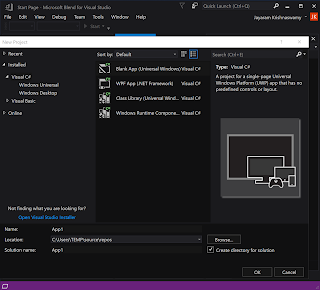Ractive.JS consists of a UI library that works with templates. Ractive JS library transforms style, logic to highly interactive apps. It has out of the box support for, Powerful and extensible components, two-way binding, scoped CSS, SVG support and animations. There are also plugins if the above are not sufficient. It does not have a very steep learning curve like other frameworks. It's origins are in the News media company, the Guardian . Originally used for producing News related applications where the demands and interactivity are very high. Nice thing is, you are not locked to it like other frameworks. Here is the script reference to Ractive.JS If you want to download there are many references: # jsDelivr https://cdn.jsdelivr.net/npm/ractive # CDNjs https://cdnjs.com/libraries/ractive # unpkg https://unpkg.com/ractive # npm npm install --save-dev ractive # Bower bower install --save ractive Just go to the cdnjs.com above and click. When y








